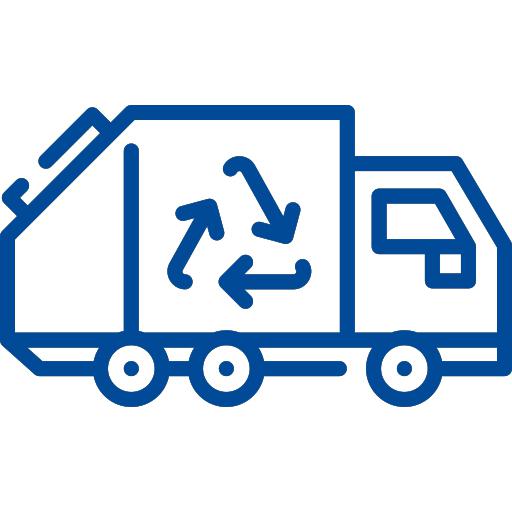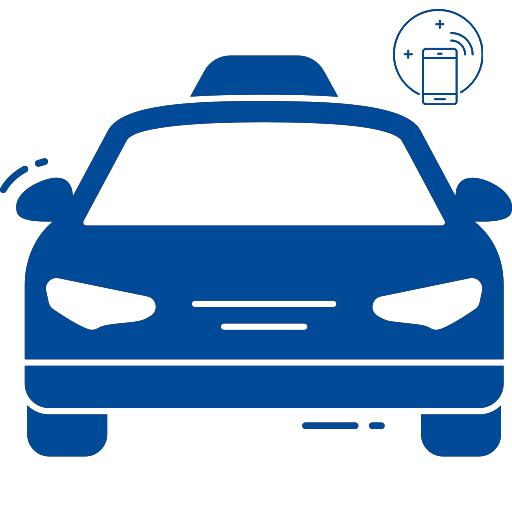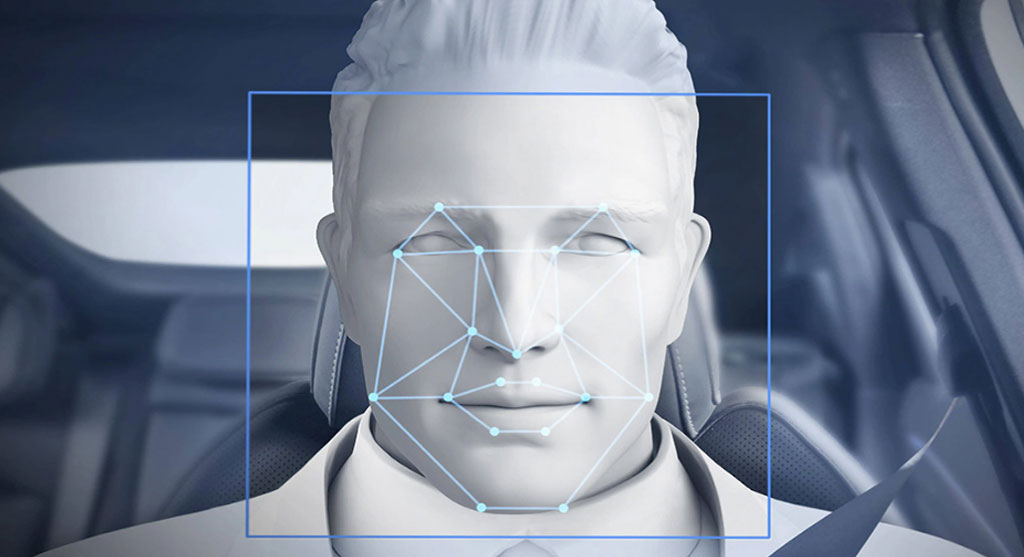
2023-11-06
What is ADAS System?
Leam More
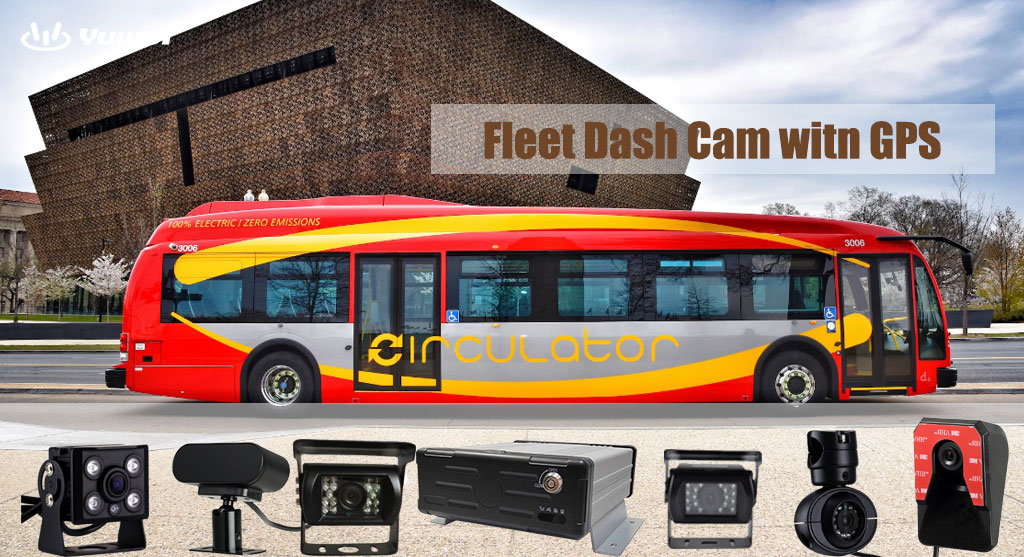
2023-10-26
Why fleets need AI dash cams with ADAS cameras?
Leam More
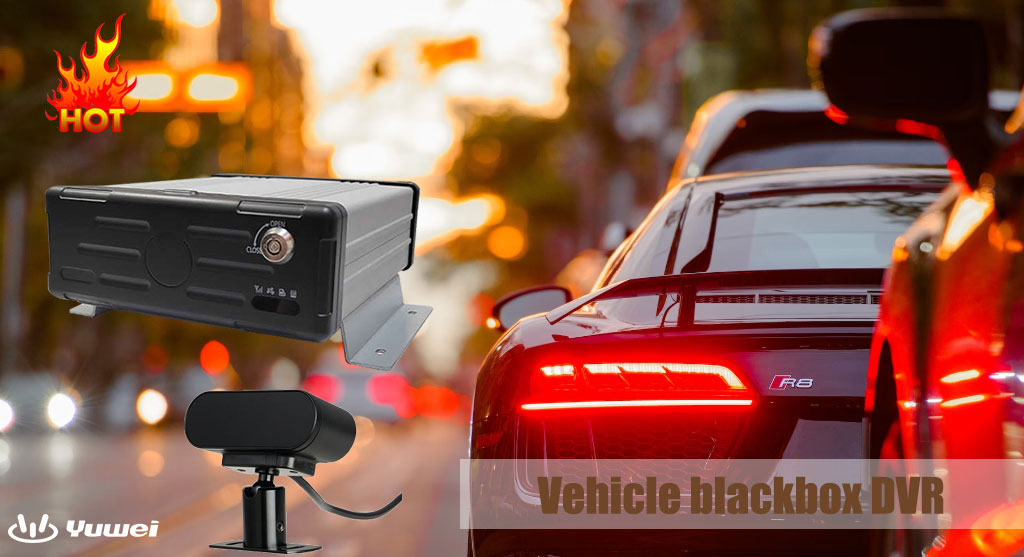
2023-10-20
Vehicle blackbox DVR full HD 1080P price
Leam More

2023-10-20
Best Security Camera for Car
Leam More
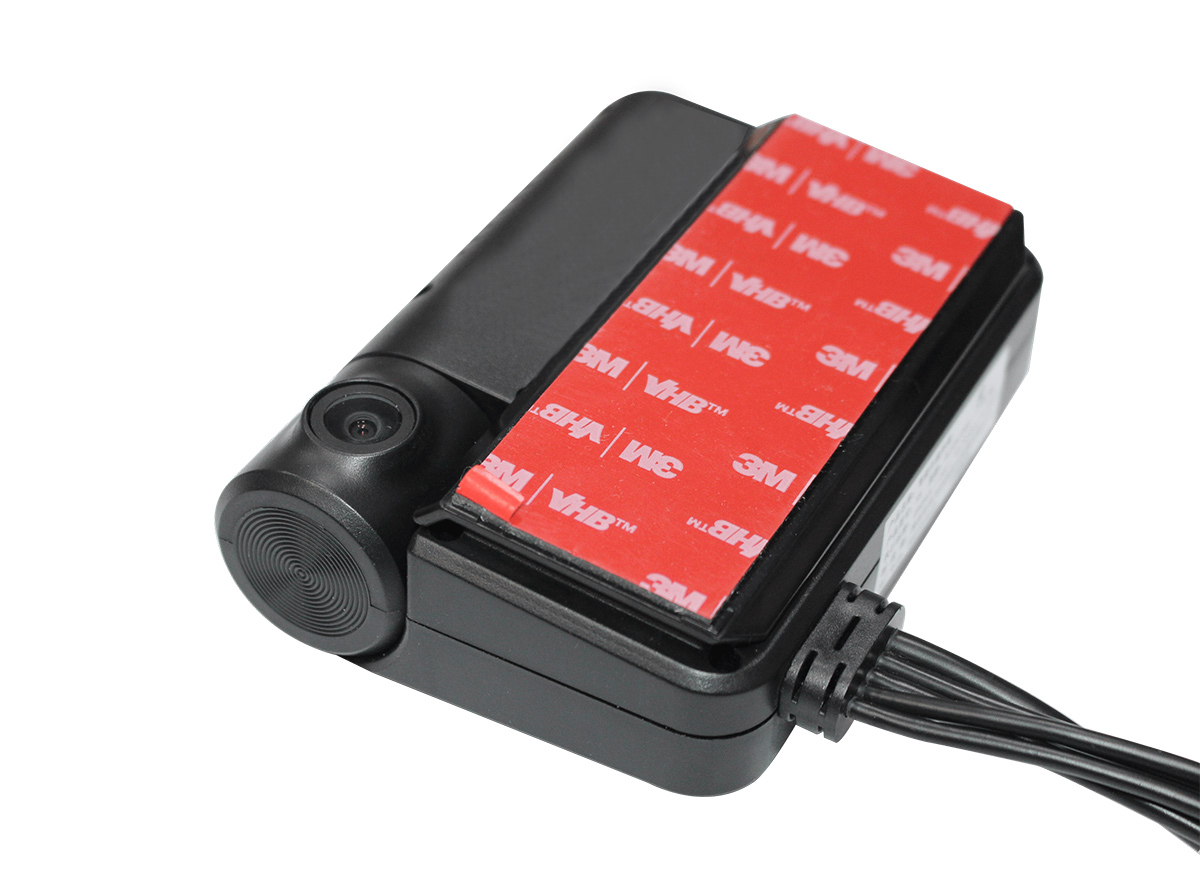
2023-10-10
What is the Best AI DASH CAM?
Leam More
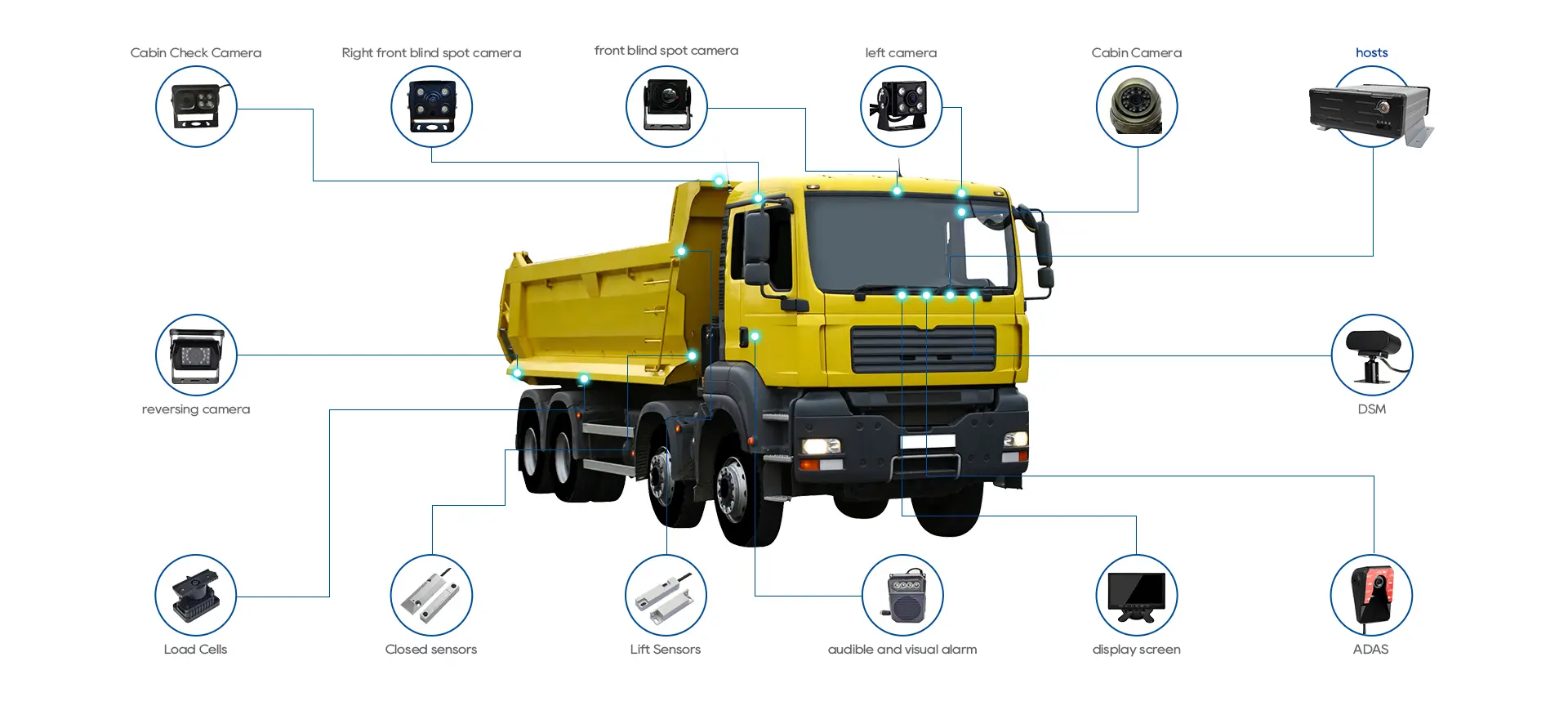
2023-10-07
Best Dash Cam for Commercial Vehicles
Leam More

2023-10-07
How does a Dash Cam work?
Leam More

2023-10-07
Best Dash Cam for fleet Vehicles
Leam More

2023-09-26
ADAS Camera Manufacturers
Leam More
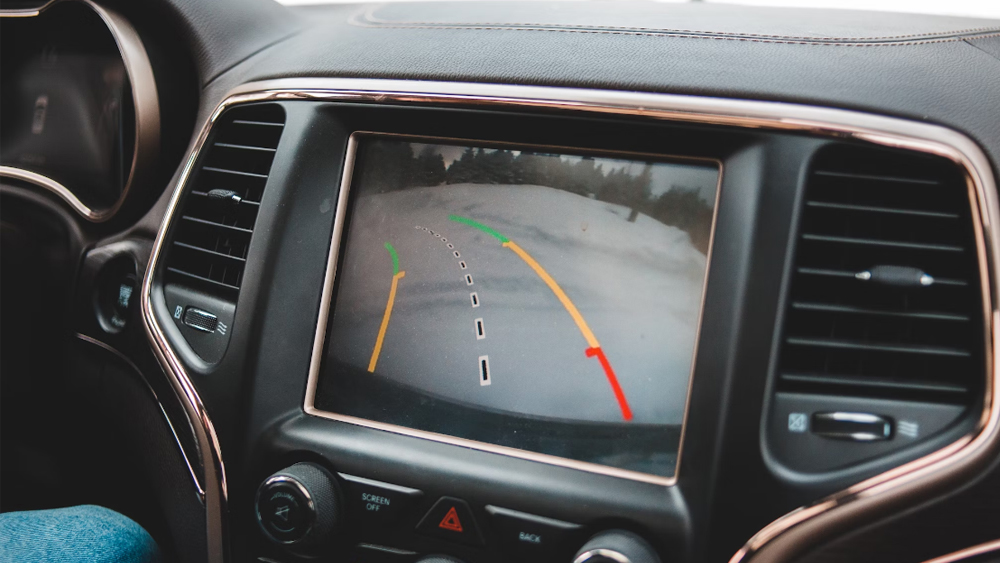
2023-09-15
Advanced Driver Assistance System ADAS
Leam More
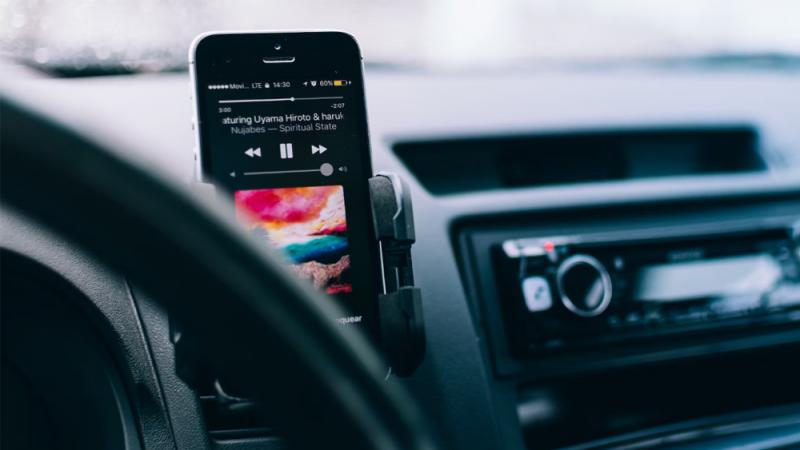
2023-09-01
What is an ADAS car camera? How to install?
Leam More

2023-09-01
4G Car DVR wifi mirror car camera adas gps bluetooth
Leam More

2023-09-01
4G Android Dual Camera ADAS 1080p mirror Car DVR
Leam More

2023-05-26
What is an ADAS camera?
Leam More


















